By: Guo Heng
Welcome back to another installment of Playmat Finance. Part one proposed a framework for evaluating the value of Grand Prix playmats. Part two dealt with Game Day playmats and the special playmats created by attending artist(s) at Grands Prix.
Today, we are not going to evaluate the value of any playmats, but rather discuss a topic that could potentially impact the value of collectible Magic playmats.
Note: I mentioned in the conclusion of part two that I would be discussing playmat TLC in this article, which I initially planned to alongside the topic I plan to discuss in this piece. The topic I am discussing in this article blossomed into, well, a whole article itself. I decided to delegate playmat TLC to the next part, rather than try to cram it in as a sort of afterthought.
Counterfeit Playmats
An interesting point raised by a few commenters on the first part of this series was the issue of counterfeit playmats. There is a concern that, as with Magic cards, counterfeit playmats could pose a risk to the value of collectible playmats. The fact that there are a multitude of websites offering custom playmat printing services to print your own mat does little to allay this concern.
Most popular playmat printing services explicitly state on their websites that they would not print custom mats with copyrighted artwork. Undoubtedly, though, there are some who are less scrupulous regarding this issue.
A couple of commentators mentioned that the ease of being able to counterfeit could negatively impact the prices of sought-after playmats. While counterfeiting and the ability to print your own copy of an existing sought-after mat pose a risk to the value of collectible playmats, there is a big caveat:
Replicating a copyrighted playmat is only possible if there is an image of the particular art floating around on the internet in a sufficiently high resolution.
While there are avenues for you to print any image you fancy on a custom-made playmat regardless of copyright permission, having access to a copy of the image with the minimum-required resolution for playmat art is essential for the plan to work.
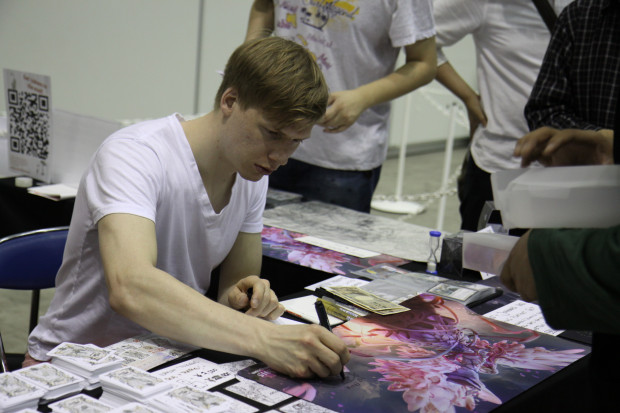
Take for example: if I want to print my own copy of the Johannes Voss Sakura Angel playmat above (which I missed out on at Grand Prix Chiba because I didn’t line up at 6:00 a.m.), I would need to find a copy of the image that fits the minimum size requirement to appear unpixelated on a playmat (note that this is a hypothetical scenario used as an illustration. I am not going to do this myself. I am vehemently against counterfeiting collectibles).
Thankfully, the largest image of Voss’s Sakura Angel available is well below the minimum image file size requirement required by playmat printing services, both legitimate and dogdy ones. So those of you who own a Johannes Voss Sakura Angel playmat, rest assured that your playmat’s value will not be destroyed by a hypothetical horde of counterfeited copies. For those who intend to buy one, there is a peace of mind knowing that you are unlikely to encounter a fake one. And if you do, you will most likely be able to tell that it is fake because the art will look like its rendered on a crappy integrated graphics card.
Speaking of buying playmats, here are a few pointers to help you avoid potential counterfeits.
Circle of Protection: Counterfeit Playmats
First of all, scour the web to check if there are any high-resolution copies of the playmat’s art floating out there. Most custom playmat printers require an image with a minimum pixel resolution of 1746×1026, with the recommended resolution for the best quality print being 3675×2175. The chances of you stumbling upon a counterfeit copy of the playmat you’re planning to buy should be drastically low if there are not copies of the playmat’s art available on the internet in a sufficiently high resolution. In this case, it would be easy tell counterfeit copies apart from the original ones.
Which brings us to the second point: buy only from reliable sellers, or over channels where you as as buyer would be covered if the item turns out to be counterfeit. If you are buying it directly from a person, it may be prudent to inspect the mat in real life before you confirm the purchase.
As always, if a playmat looks too cheap to be true, it’s probably best to steer away.
The Impact of Counterfeit Mats
Do counterfeit playmats threaten the value of sought-after mats? Let’s use an easily counterfeitable mat as an example to study the potential impact of counterfeiting on the value of a rare and collectible playmat.
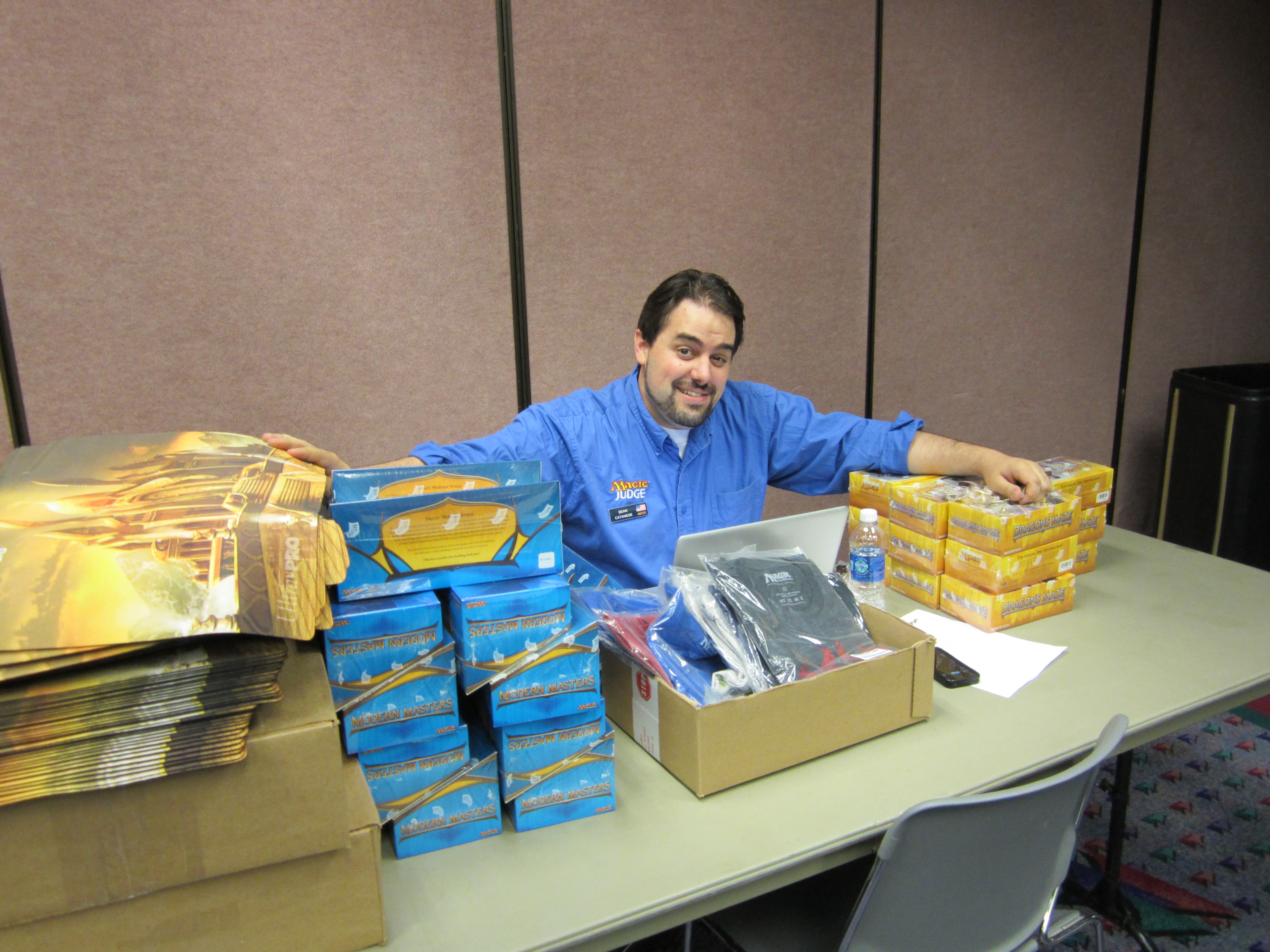
A City of Brass playmat was given out exclusively to judges at Grand Prix Las Vegas 2013, which makes it a collectible playmat due to its scarcity. Unfortunately, this playmat is susceptible to counterfeiting, as a high-resolution file of Jung Park’s City of Brass art is available online (no, I’m not telling you where!). The relevant logos could be added on using a image manipulation program like GIMP, and voila, you’ve got yourself an image that you could send to unscrupolous playmat manufacturers to get it printed.
With this information, we would expect the City of Brass playmat to be worth a pittance.
But the playmat was actually going for a decent price, especially for one featuring artwork from a card that is not exactly the epitome of iconic (in the first article of this series, we established that the bulk of a playmat’s value is tied to how iconic the card from which the art originated from is). Presumably the bulk of the playmat’s price stems from its rarity, having only been distributed to judges at a single event. The number of bids for the mats above show a decent amount of demand, too. Even buy-it-now listings are going for a good price:
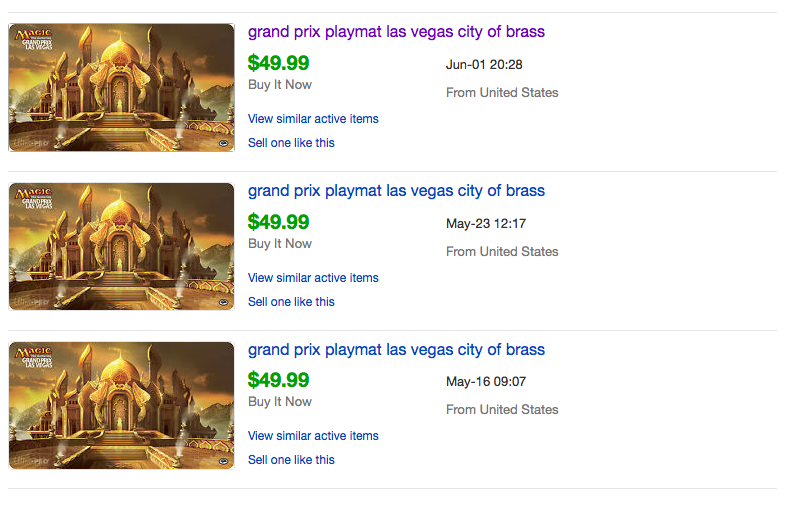 The Grand Prix Vegas 2013 City of Brass playmat is a prime case study for the impact of counterfeiting on a collectible mat’s value It’s rare mat that’s in demand with high-resolution art available online and plenty of recent sales on eBay. While a single example is by no means conclusive evidence, it provides a bit of reassurance that counterfeiting will not obliterate the value of collectible mats.
The Grand Prix Vegas 2013 City of Brass playmat is a prime case study for the impact of counterfeiting on a collectible mat’s value It’s rare mat that’s in demand with high-resolution art available online and plenty of recent sales on eBay. While a single example is by no means conclusive evidence, it provides a bit of reassurance that counterfeiting will not obliterate the value of collectible mats.
Incentives to Counterfeit Playmats
A barrier to counterfeiting playmats for profit is the cost of printing a playmat. Most services charge anywhere between $25 to $30 per custom mat, and that’s before shipping. The majority of sought-after Grand Prix playmats sell for between $40 and $60 on eBay. Using the judge City of Brass playmat as an example again, while you could fetch a number in the high $40s for it, you could also end up selling it for as low $20, as per the two most recent sales. The standard deviation of playmat sale prices on eBay is a lot larger than that of Magic cards, and coupled with the increased cost of acquiring counterfeit playmats, I suspect the incentive to counterfeit mats for profit is significantly low.
This leaves one more issue: if high-resolution art of a particular sought-after mat is available online, would that not translate into less people buying it for personal use (because they could just make their own copy) and a lower average sale price on eBay? This in turn dictates the value of the playmat, as eBay prices are the best benchmark we currently have to pin a price on these products.
I am sure there would be a few potential buyers who end up making their own replica of the playmat for slightly less money, but I don’t think the number of people doing so would be high enough to impact the final price of a sought-after playmat. The activation cost of producing your own replica is moderately high.
While you would only require basic image manipulation skills to create an accurate replica of the judge City of Brass playmat, it would require a considerable amount of time to do so. You’d need to hunt down the logos on the top left, bottom left, and bottom right corners of the playmat. If you couldn’t find a logo image with a clear background, you’d likely have to lift the logo off another image and manually clear the background. You would also need to reproduce the text found on the bottom right corner alongside the Wizards of the Coast logo. Not to mention all the logos would have to be positioned correctly. You can always just print the playmat with just the City of Brass image, but that would render it the same level as every other custom mat for personal use (zero collectibility and zero cool factor), albeit of questionable legality.
Getting your hands on your own replica playmat is much more time-consuming than trying to acquire counterfeit cards. All you need to do to acquire counterfeit cards is to purchase them from a counterfeiter’s website or drop an email to the supplier (if you can find them). On the other hand, creating a replica of a playmat requires you to hunt down the relevant images and spend a considerable amount of time putting them together on an image manipulation program before sending it off for printing. I am not sure if the trouble is worth it just to save $20 or so compared to buying one off eBay.
I hope this article answers concerns about counterfeit playmats. Counterfeits are always a controversial issue, so do share your thoughts on the topic in the comments section below or catch me on Twitter at @theguoheng.
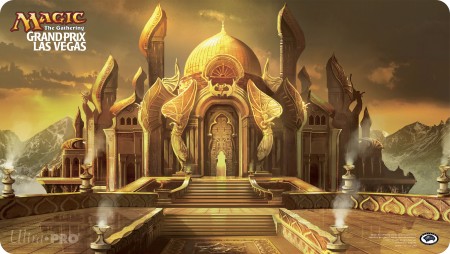
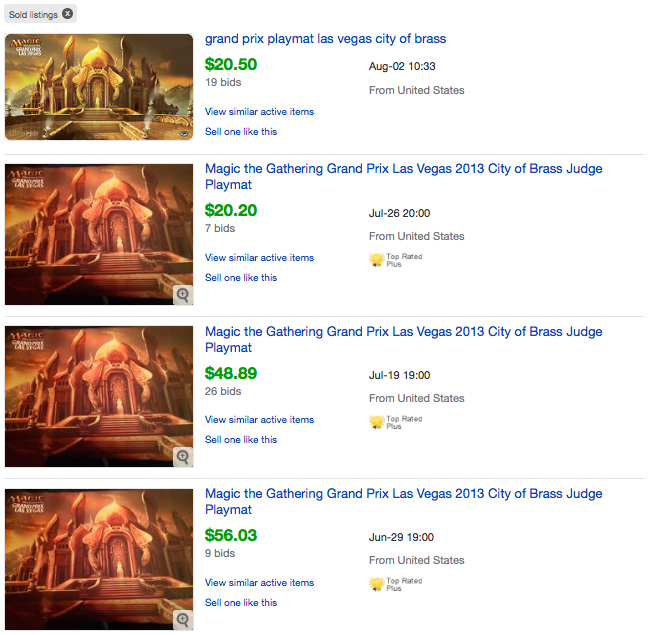
One thought on “Playmat Finance: Counterfeit Mats”
Comments are closed.